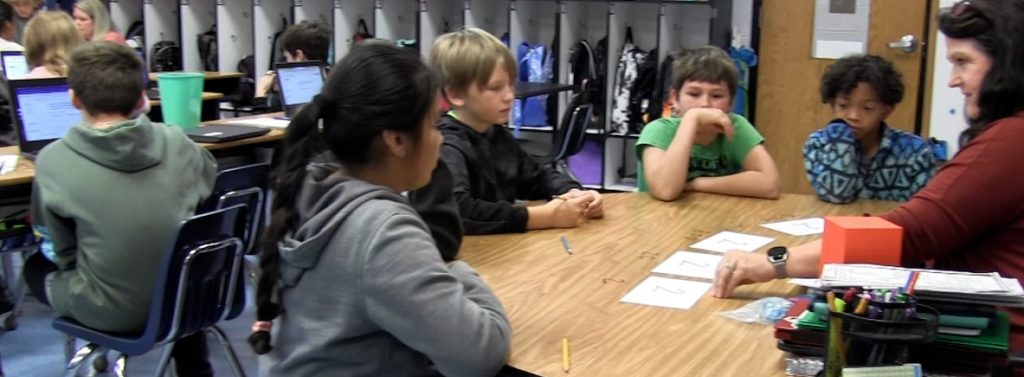
Nearly any school can dramatically increase small-group tutoring time—and student learning growth—without spending a penny more. Three strategies are critical.
First, set a time goal. Be ambitious. Schools we serve aim for 90 minutes weekly of small-group tutoring across the four core subjects for all students, and more for students starting behind. It isn’t always possible, but trying gets schools closer.
Second, include everyone. All adults in the building should tutor small groups for part of the school day: teachers, paraprofessionals, residents and apprentices, parents, and community volunteers all increase student learning substantially when tutoring small groups.
Third, reduce, reuse, and recycle. Reduce time in whole-class instruction, which can seem efficient but really isn’t—because too many students are bored or confused in that setting. Reuse that time instead in adult-led small groups while other students work on individual assignments and group projects. Adults should sit on the perimeter of the room facing their small groups, so they can also see and redirect other students in the room (an idea from our wise friends at Saga Education and The Learning Accelerator). Finally, recycle—and upcycle: Use the high-standards lessons already created, and add to your library of differentiated lessons to ensure that every group makes growth to grade level, then far beyond.
Over 100 studies have shown that small-group tutoring by a wide variety of adults for even a couple of sessions weekly can add almost a year of learning growth or even more, on average.
There’s more to great tutoring than just great use of time and roles, of course, and I’ll write more about that. If you are already an Opportunity Culture® portal subscriber, look for the SIMPLE-TC™ series, which walks you through the steps of building a tutoring culture to see learning growth soar.
Learn more about small-group tutoring, including how Wilson County Schools in North Carolina and Winchester Public Schools in Virginia are embedding it.
Like this post? Follow Bryan Hassel and Opportunity Culture on LinkedIn for more.
Related:
